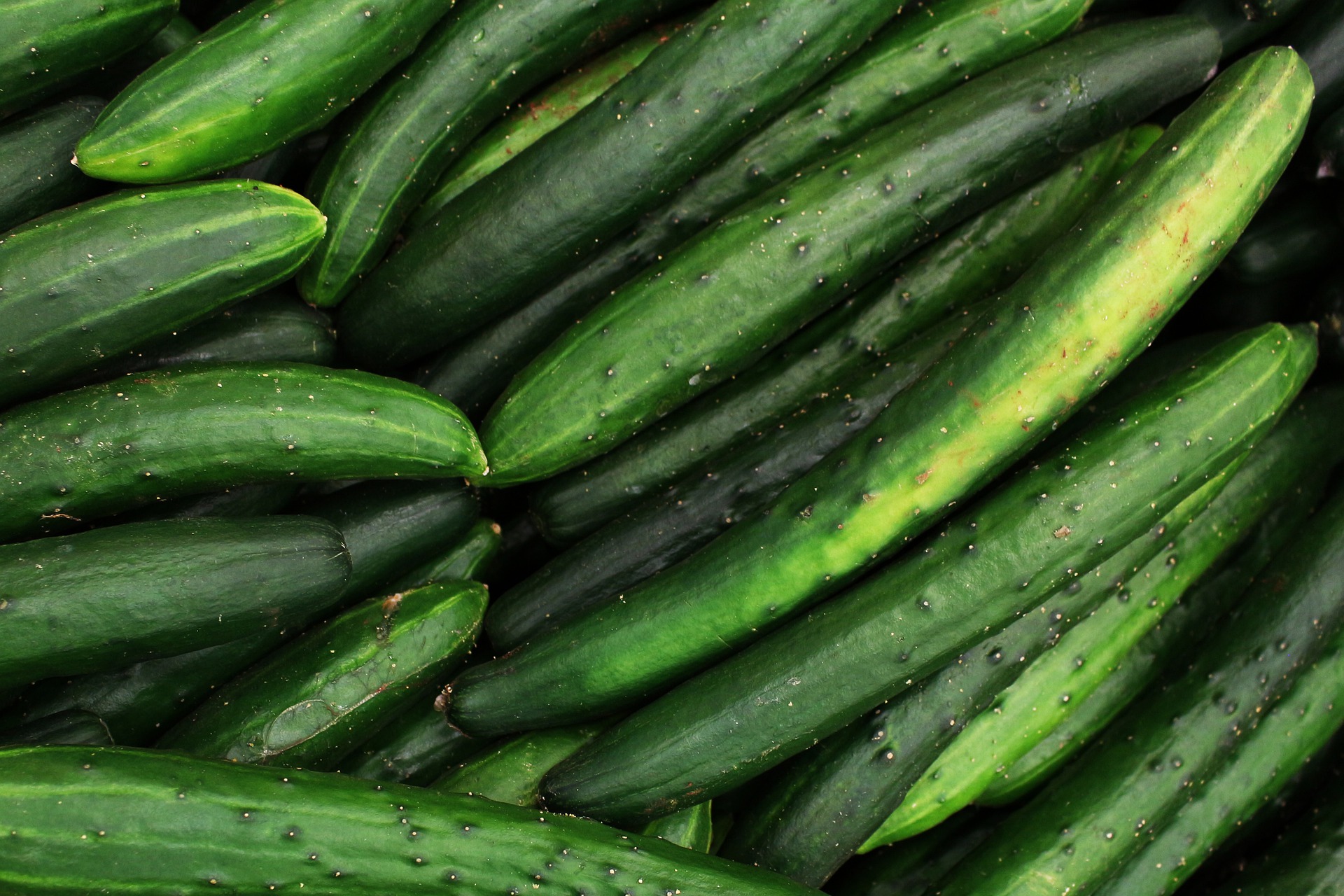Cucumber cultivation in protected spaces is also possible without soil, using a hydroponic system. The substrates used in hydroponic cultivation can be organic, inorganic, or synthetic.
Organic substrates: Coconut coir, rice husks, sawdust, bark, pine needles.
Inorganic substrates: Rock wool, vermiculite, perlite, quartz sand, expanded clay.
Synthetic substrates: Expanded polyurethanes, expanded polystyrenes, urea-formaldehyde.
Regardless of the origin, the substrate must be inert and stable (it should not decompose, dissolve, or significantly alter the composition of the nutrient solution), clean, allow for easy drainage of excess nutrient solution, and have a favorable ratio of micro and macro capillaries.
Advantages of hydroponic cultivation:
- No crop rotation required
- Reduced occurrence of pathogens
- Less use of plant protection products
- Reduced environmental pollution
- Cultivation on surfaces previously unsuitable for growing
- High production intensity
- High degree of automation
- Less labor required for processing, cultivation, disinfection
- Lower consumption of water and nutrients
Cucumber cultivation on rock wool:
Rock wool is a fibrous substrate made from basalt, limestone, and coke at a temperature of 1600°C, making it completely sterile. It has a low bulk density (70 kg/m³), a large pore volume, high water capacity, and good absorbency. For cucumber cultivation, it comes in slabs 30 cm wide, 7.5 cm thick, and of various lengths. The soil in the protected area is covered with white plastic film, and along the rows, polystyrene boards are placed, which are good thermal insulators and can also accommodate additional heating pipes. The rock wool slabs are wrapped in black and white plastic film with openings made for the seedlings. Seedlings grown in rock wool cubes, wrapped in film, are placed on the slabs at the planned spacing. A drip irrigation system applies a nutrient solution tailored to the plant’s developmental needs.













































